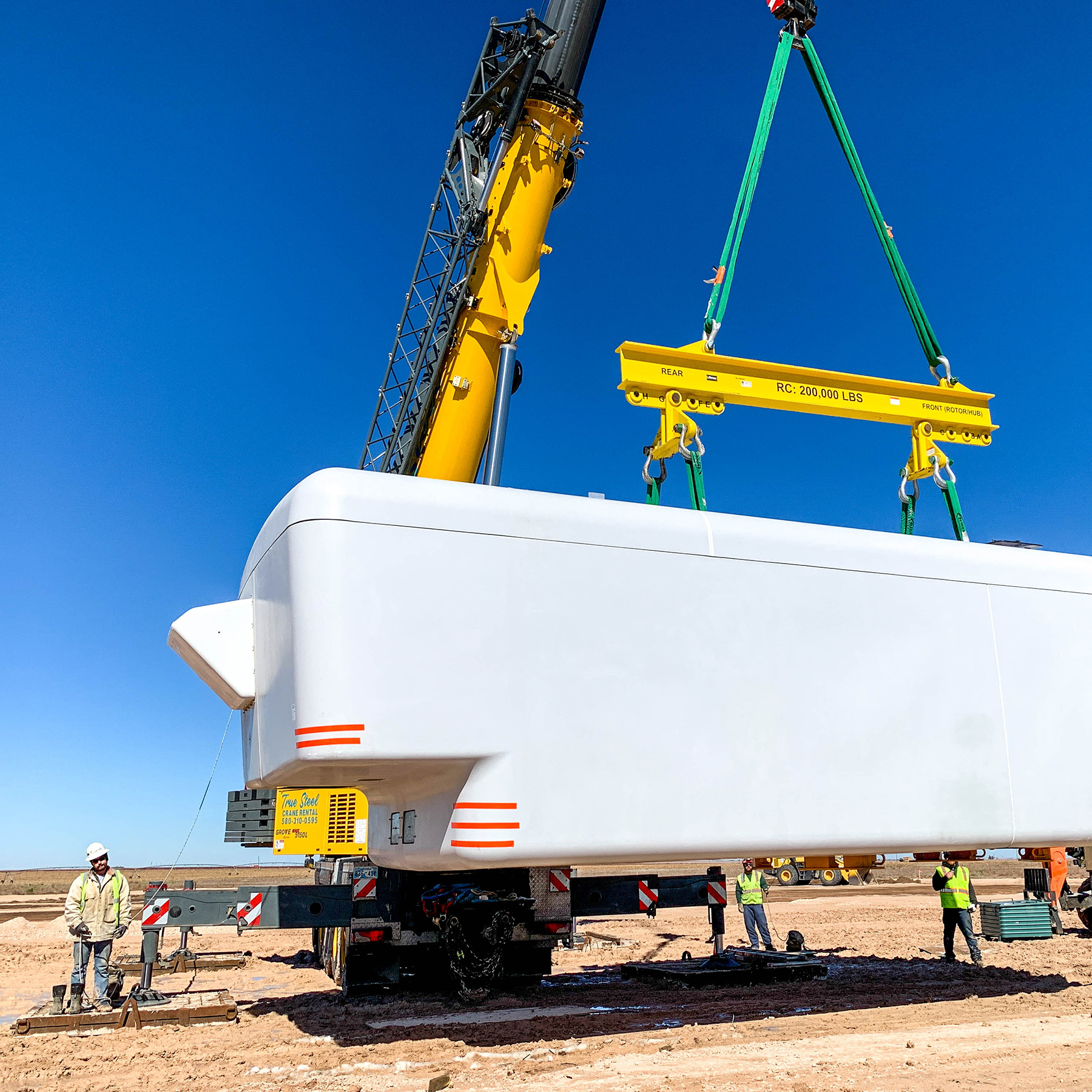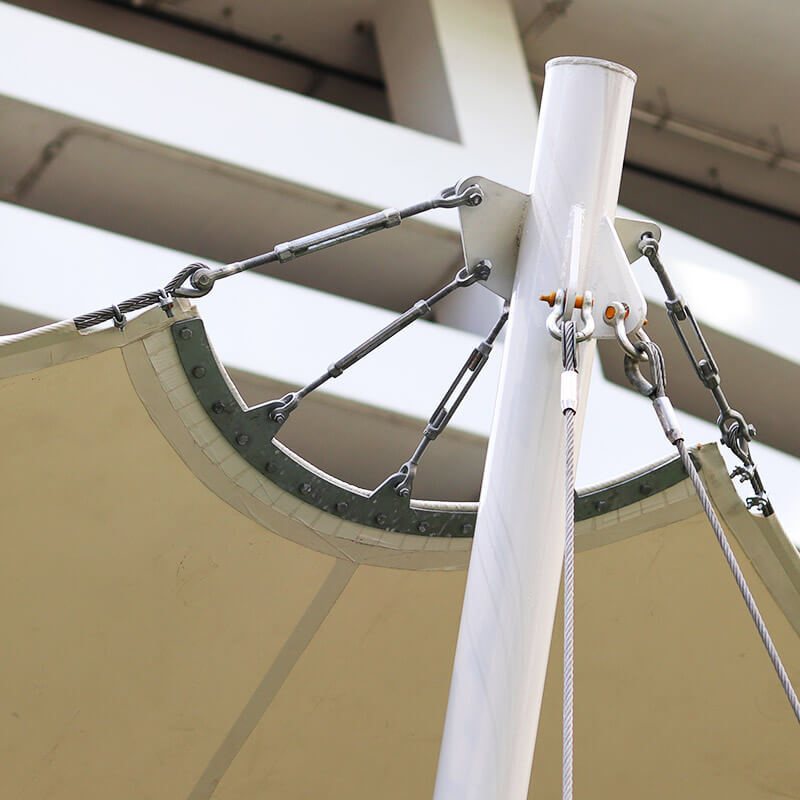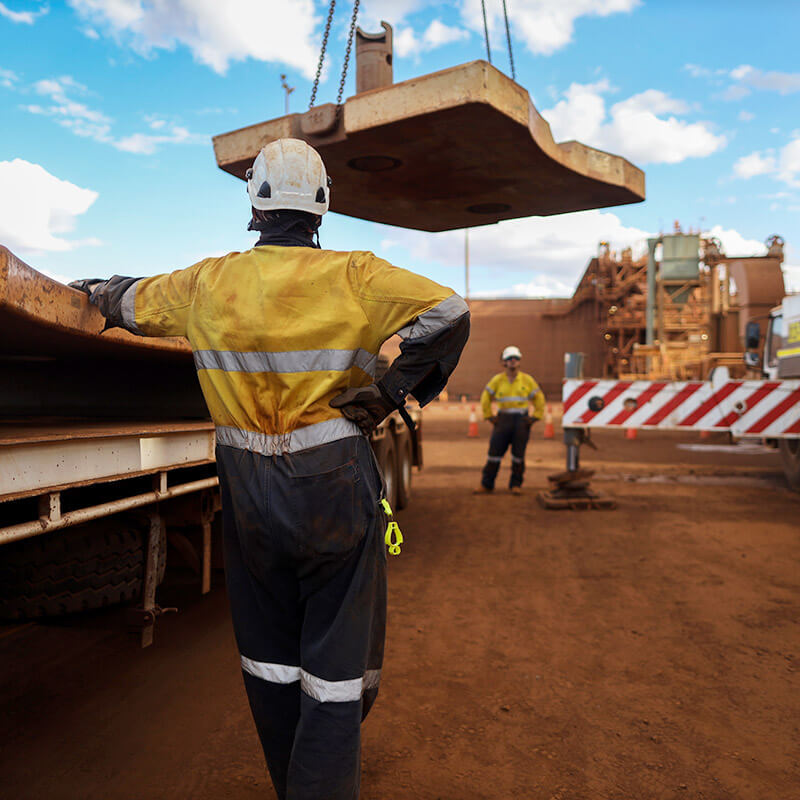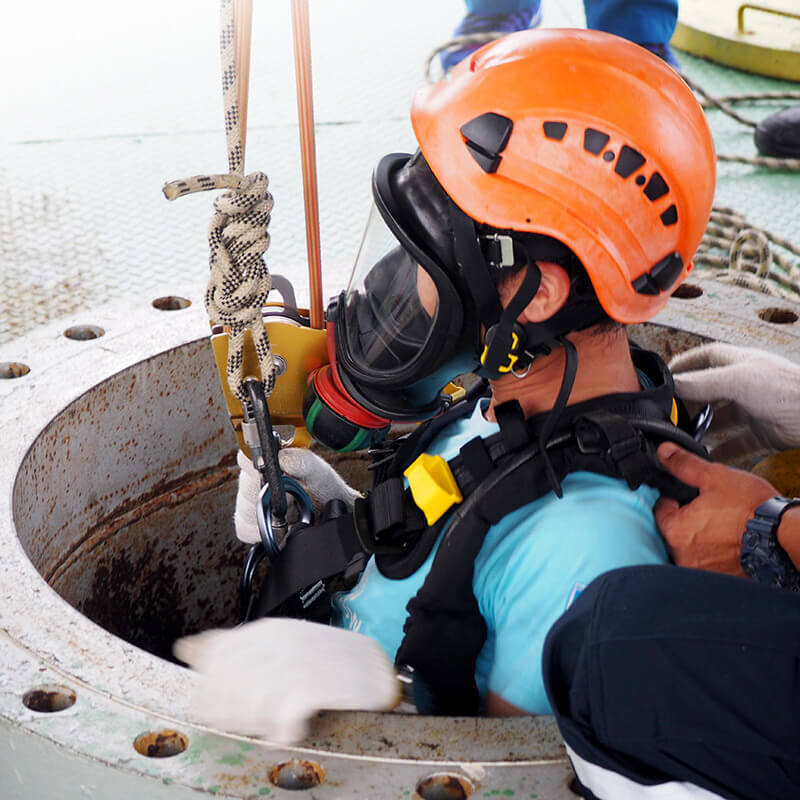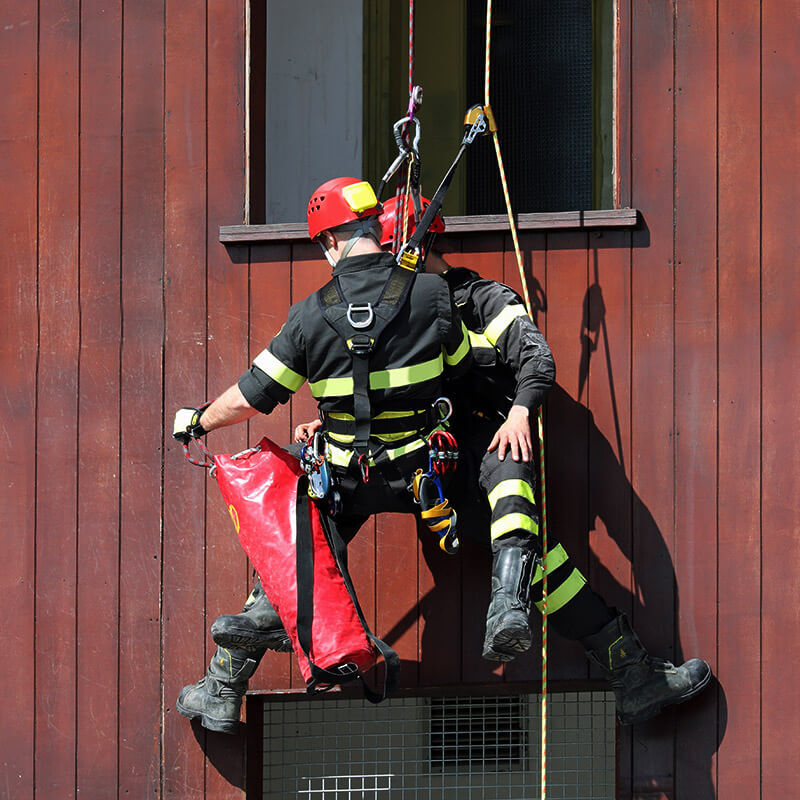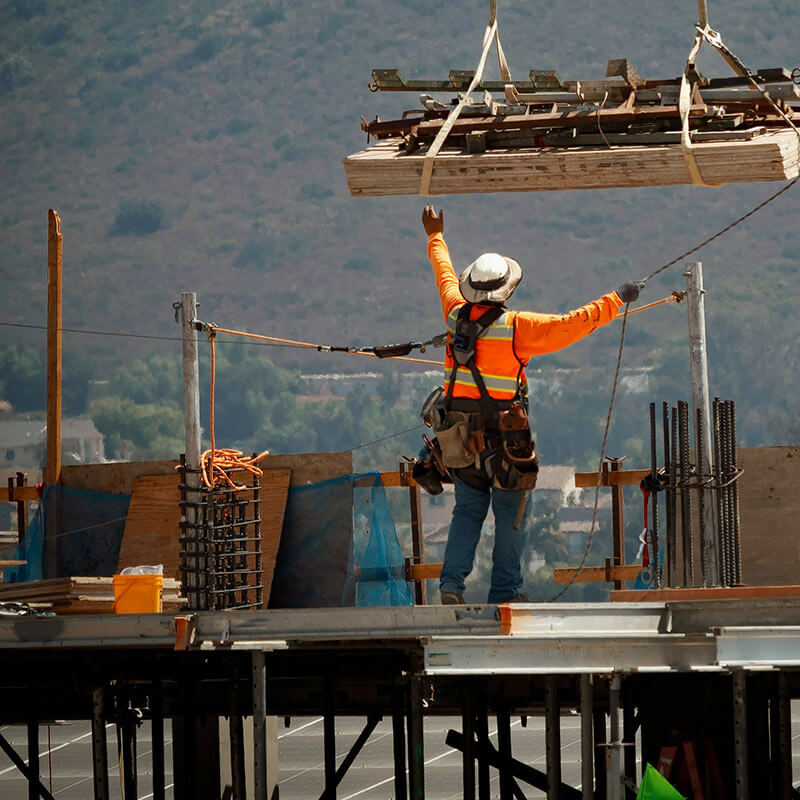What is the single most important rigging precaution to know?
Rigging is a key task in many industries, but it comes with big risks. The most important safety step is to know the load's weight before lifting it. This is the first rule of rigging safety and makes sure all gear is used right.
Start by looking at the manufacturer's specs for the load weight. Or, do precise calculations. This careful planning stops the load from being too heavy for the gear. It keeps everyone safe and work goes smoothly.
Then, get everything ready, talk clearly, and check the area well. This lowers the risks. LGH says, "If It's Not Safe, Don't Do It." This rule keeps workers safe and the site safe too.
Key Takeaways
- Knowing the load's weight is key to rigging safety.
- Use specs and exact calculations for rigging.
- Make sure the load fits within gear limits.
- Prep and clear talk are vital for lifting safely.
- Follow LGH’s "If It's Not Safe, Don't Do It" rule for rigging.
Understanding the Crucial Safety Precaution in Rigging
In rigging, knowing the key safety steps is vital for safety and efficiency. It's important to understand the load's weight and the need for proper training and certifications. These steps are the basics of safe rigging operations.
Determining the Weight of the Load
First, figuring out the load's weight is crucial. It helps follow safety standards and check if equipment can handle the load. Manuals stress the need for accurate weight measurement, considering the load's angle and safe limits.
Wire rope slings, with their core, wires, and strands, help in weighing the load. It's important to pay close attention to details, especially with materials that can be affected by the environment and wear.
Importance of Proper Training and Certification
Training and certification are key to rigging safety. The DOE manual says riggers must pass training, a written test, and a practical test every three years. This ensures operators can follow safety steps well.
Regular checks, clear communication, and knowing the weight limits are part of this training. They help avoid overloading the rigging setup.
What is the single most important rigging precaution to know?
Proper rigging procedures and safety standards are key for safe lifting operations. Choosing the right equipment is a critical step.
Selecting the Right Equipment and Hardware
It's vital to pick the right slings and hardware for the job. They must match the load type and be rated for the weight. The slings should also fit the hitch types and work with the rigging hardware.
Following recommended D/d ratios for slings is important. Knowing the limits of your equipment and adjusting choker hitch capacities are also crucial.
Pre-Use Inspection
Inspecting rigging equipment before use is a must. This includes spotting hazards, checking condition, and looking for wear or damage. Making sure wire ropes, slings, and attachments are in good shape ensures safety.
These detailed checks help reduce risks in lifting and rigging tasks.
Conclusion
Knowing the load's weight before lifting is key to safe rigging operations. This step is crucial for the safety and success of the rigging process. It helps avoid accidents and keeps the equipment and people safe.
Choosing the right rigging gear, training, and certifying riggers, and checking equipment before use are also vital. These steps are essential for a safe and efficient rigging setup. The right equipment makes sure everything works well together. Training and certification keep riggers up to date with the latest safety tips.
Following these rules helps avoid immediate dangers and protects against long-term risks like environmental damage and equipment wear. These steps show a strong commitment to safety in every rigging task. By focusing on safety, we make the rigging process safer and more reliable for everyone.
At Bishop Lifting we have all types of rigging equipment and gear in stock ready to ship. You can search our site, shop by category or brand and we can ship it to you directly. Check out our site for the latest rigging products and solutions.
FAQ
What is the single most important rigging precaution to know?
Knowing the load's weight is key. It helps riggers check if the load matches their equipment's limits. This keeps the rigging safe and sound.
Why is determining the weight of the load so critical in rigging?
Knowing the load's weight is crucial for safety. It lets riggers compare it to their equipment's limits. This stops accidents by avoiding equipment failure.
What are some essential rigging safety tips?
Important safety tips include knowing the load's weight and training riggers well. Choose the right slings and follow load limits. Also, check equipment before use for damage.
How does proper training and certification impact rigging safety?
Training and certification make riggers know how to rig safely. They learn about equipment limits and dangers. This training, with tests and demos, makes sure they can do their job safely.
What precautions should be taken when selecting rigging equipment?
When picking rigging gear, make sure it fits the load and has enough strength. Choose the right type of hitch and follow sling D/d ratios. This keeps everything safe.
Why are pre-use inspections important in rigging?
Inspecting gear before use spots hazards and checks its condition. It looks for damage and makes sure everything works right. This helps avoid accidents and keeps lifting safe.
What are some rigging best practices to follow?
Good rigging practices include knowing the load's weight and picking the right gear. Do regular checks and talk clearly. Know how the environment affects materials and stick to safe loads. These steps make rigging safer and more efficient.
What Is a Turnbuckle Used for in Rigging?
Dec 23rd 2025
What’s the Best Material for Rigging?
Dec 18th 2025
What Is the 10-Foot Rule for Rigging?
Dec 15th 2025
What Are the Different Types of Climbing Ropes?
Dec 11th 2025
What Type of Rope Is Best for Climbing?
Dec 9th 2025
What Are the Two Types of Kernmantle Rope?
Nov 25th 2025
What Is a Kernmantle Rope Used For?
Nov 21st 2025
What Is a Fall Protection Harness?
Nov 14th 2025
What are the four components of a PFAS?
Nov 7th 2025


